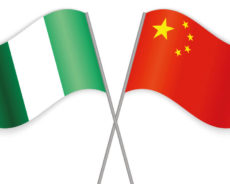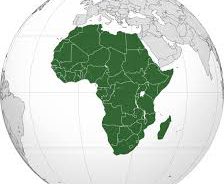
Prices of rams have increased by 40 to 50 per cent, compared to that of last year, few days to the Eid-el-Kabir in Minna, in spite of low patronage, the News Agency of Nigeria (NAN) reports.
The festival is celebrated annually by Muslims worldwide with the offering of rams as sacrifice.
A survey conducted in Minna on Monday at the Central Livestock Market, showed that the market recorded low turnout of buyers.
Several rams were seeing being dragged about in the metropolis by hawkers, who were also seeking potential buyers.
Malam Isa Abubakar, a livestock dealer, told NAN at Tunga Roundabout that business was not moving as expected.
“People are complaining that there is no money and some civil servants are yet to be paid,’’ Abubakar said.
Malam Musa Abubakar, another dealer, said the prices of rams ranged from N30,000 to N90,000, depending on the size and purchasing power of the buyer.
He said that a ram sold at N30,000 in 2016, was being sold at N40,000.
Malam Danlami Abdullahi, at Bosso Market, said though he had recorded higher sales compared to 2016, he could not increase the prices because people were short of money.
“People are coming to buy rams and goats; some others came, bought cow to be shared among themselves,’’ Abdullahi said.
According to him, last year, “we sold many rams but this year, business is not moving as customers were complaining about lack of money.
“By this time last year, I had sold over 56 rams few days to Sallah (Edid-el-Kabir) but as I am talking to you, I only sold nine rams in two days,
“People are bringing rams from other markets here due to patronage”.
Meanwhile, the prices of chicken, beans, fruits, beverages, cooking oil remained high.
NAN reports that sellers of chicken were, however, making brisk business in Minna Central Market.
A seller, Mr Kabiru Tanko, said he had sold all the birds he brought and had to restock.
He said that prices of chickens hovered between N1,500, N2,800, N3,000 and N4,000, depending on the size.
According to him, the prices are a bit higher when compared with 2016, due to the high cost of animal care and chicken feed








